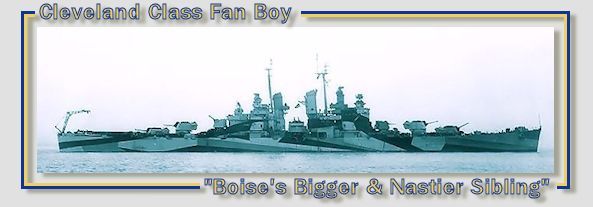obvert
Posts: 14050
Joined: 1/17/2011
From: PDX (and now) London, UK
Status: offline

|
quote:
ORIGINAL: John 3rd
Another concern is simply placing EVERY ship in a single hex. I cannot begin to guess the sheer numbers that are included when he moves 'everything' in ONE DARNED HEX. There could be all sort of different ideas here regarding maximum number of aircraft in a sea hex, some sort of arbitrary maximum number, etc...
Thought here?
I know you know how big a hex actually is in game. All of London and the surrounding area would be well within one hex in AE. There were maybe 25 airfields in this area hosting many hundreds of fighters, bombers and recon planes, most of the logistics centres of the British Empire, and some millions of civilians.
Speaking of naval forces, how much distance would one CV TF need with 3 CVs on average in it? They are all operating as closely as possible to maximise AA defensive fire, so no more than a mile or two apart. Say there are 4-5 of those in a hex of 40 miles on each side. Maybe in the middle of the hex. Some DDs and SCTFs in the forward part of the hex. ASW TFs patrolling the edges. Amphibs and supply transports in the rear areas.
Do you spread out the KB? 
It may be frustrating, but think about it when you say "concern." Until you have figures supporting some kind of idea that the USN could not have operated as he is doing, (when we know Big Blue Blanket essentially did just this) what does it matter anyway? You're never going to get good naval search reports with 500 CAP in the air and 20 TFs whether they're in one hex or three. Does it matter? Are you attacking that hex? Is there some problem attacking a hex with everything in it as opposed to forces across several hexes? (I'd think the latter would simply dilute your strikes).
What is the problem?
_____________________________
"Success is the ability to go from one failure to another with no loss of enthusiasm." - Winston Churchill
|
 Printable Version
Printable Version




























 New Messages
New Messages No New Messages
No New Messages Hot Topic w/ New Messages
Hot Topic w/ New Messages Hot Topic w/o New Messages
Hot Topic w/o New Messages Locked w/ New Messages
Locked w/ New Messages Locked w/o New Messages
Locked w/o New Messages Post New Thread
Post New Thread